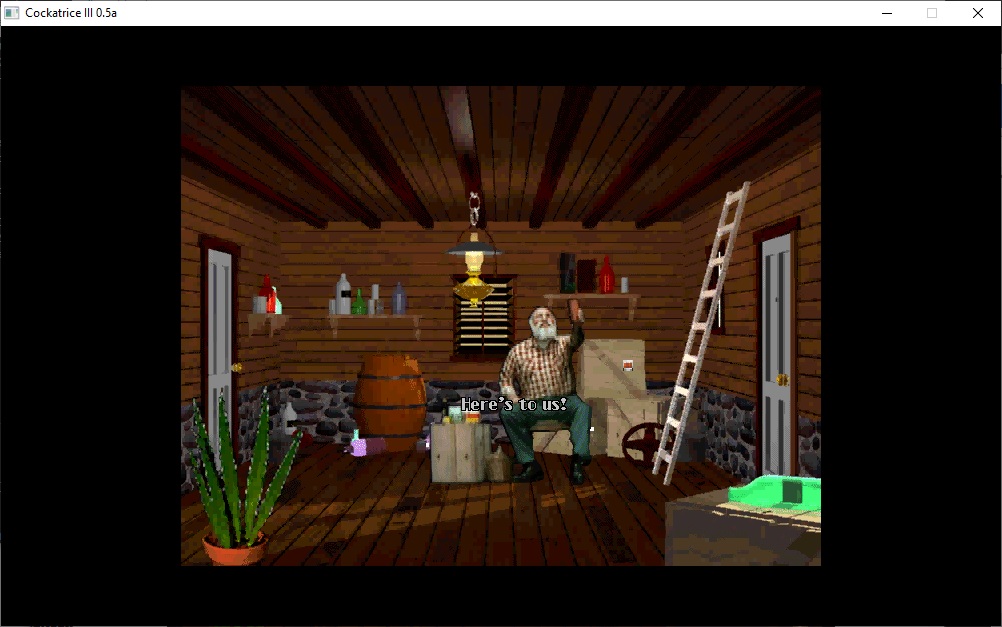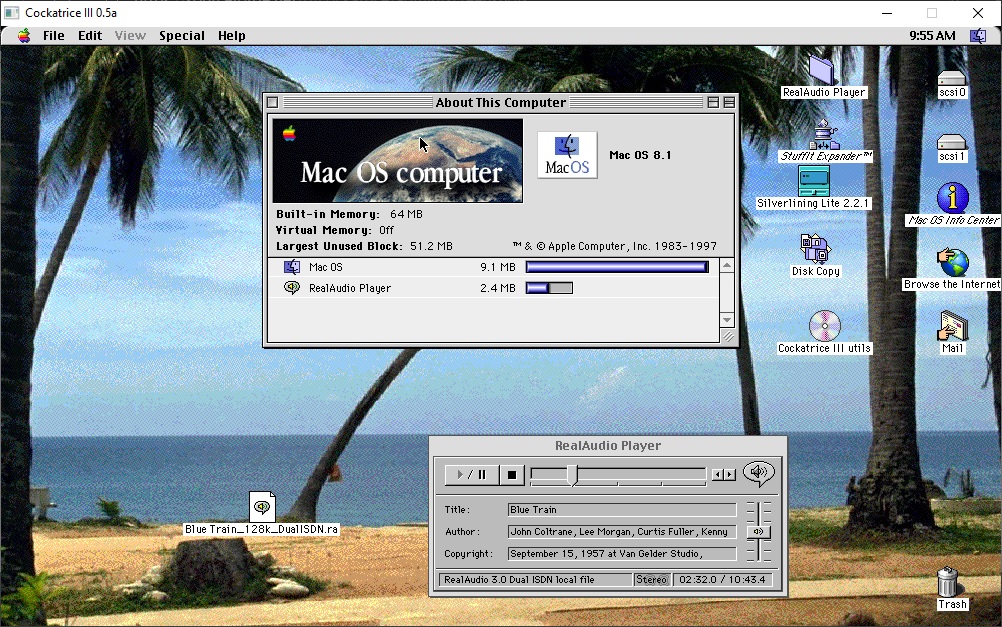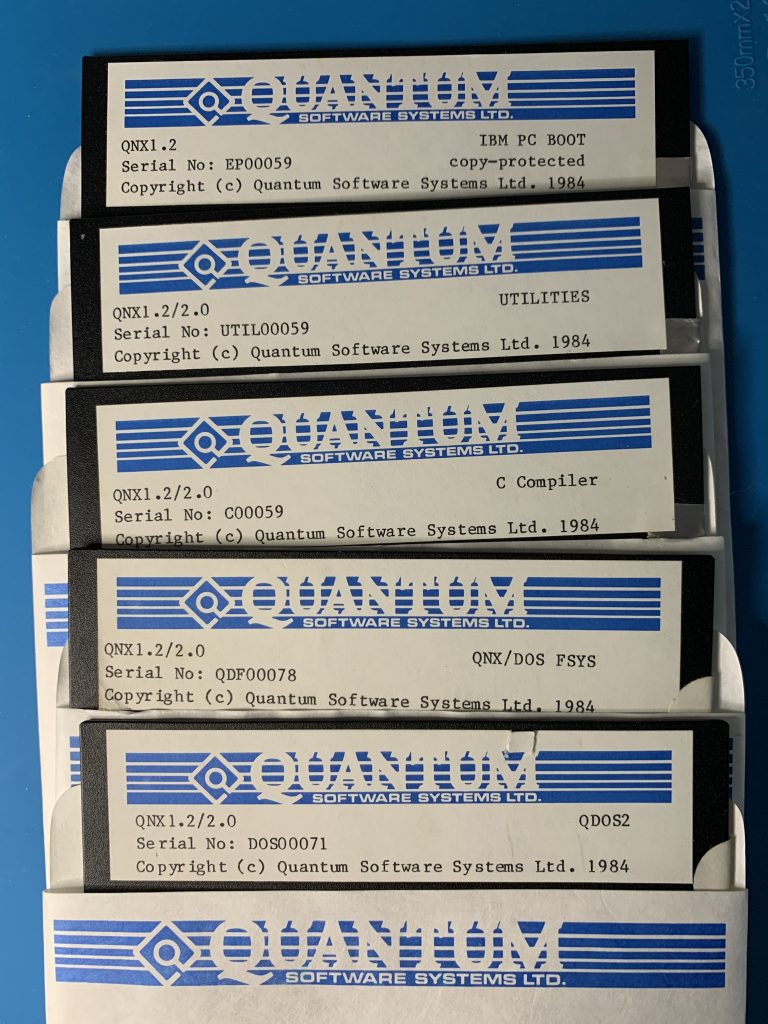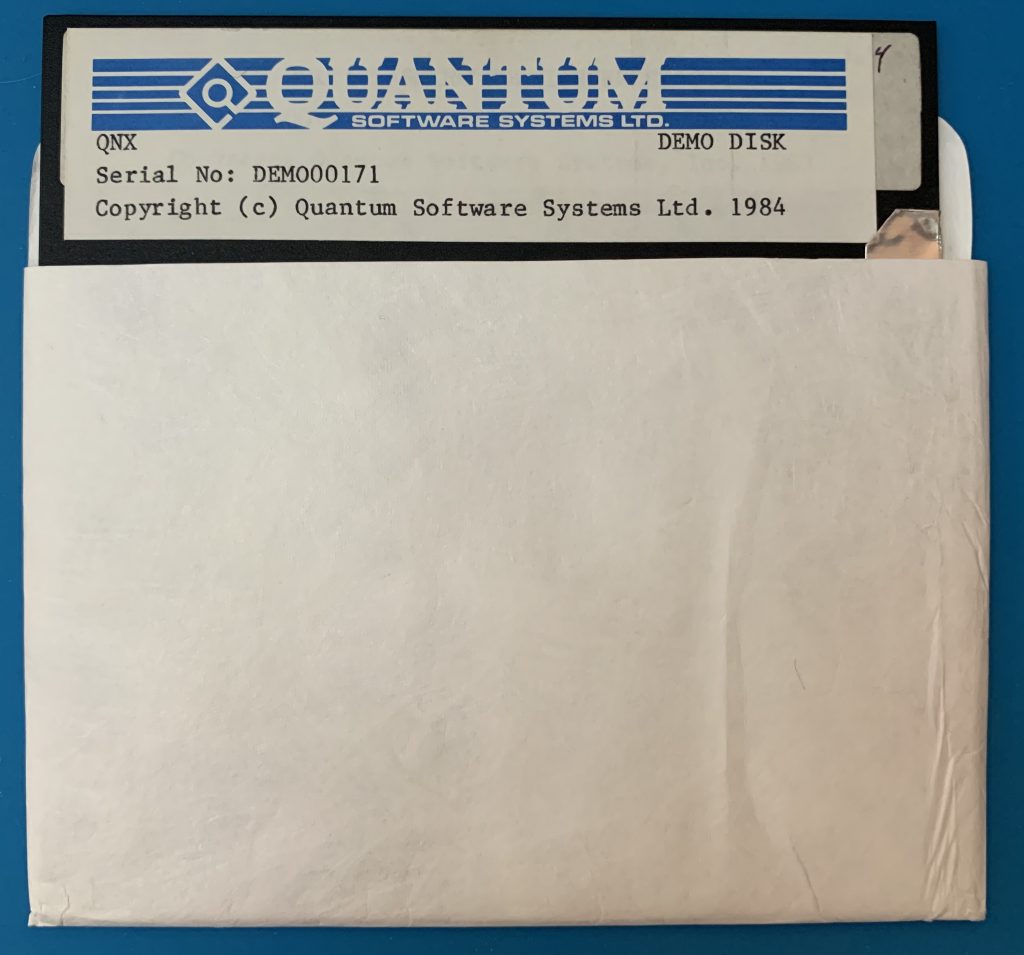
Well this is a ‘small’ update, but with a big change, the audio is for the most part working great now thanks to this fix from rakslice. Namely changing SDL to MSB:
desired.format = AUDIO_S16MSB;
And another MinGW tweak, and yeah it’s GREAT!

Even stuff like RealAudio work now! I’ll add some self hosted video later as it’d just get struck from anything public.
Also since the RealAudio player is timebombed for installing, I added some lazy offset to remove however many billions of ticks from the clock letting you jump in some random point in the past when it won’t care.
I guess the final if any justification for a bump would be rebuilding with GCC 8.1.0 on MinGW. I somehow butchered the slirp.h to make it too MinGW’ish so it won’t clean build on Linux or OS X, but I have re-butchered a private branch and it works.. I just need to merge and clean but I’m not in the mood at the moment.
I could be crazy but it “feels” faster.
At any rate, I found that System 7 is more agreeable to running Return to Zork, just use some toast image mounter from within MacOS, and it’ll run!
Also there is some ULONGLONG weirdness going on, so I had to backout Peter’s changes for larger disks. No doubt some standard type thing change in GCC 8.
You can download binaries/source from Sourceforge.






